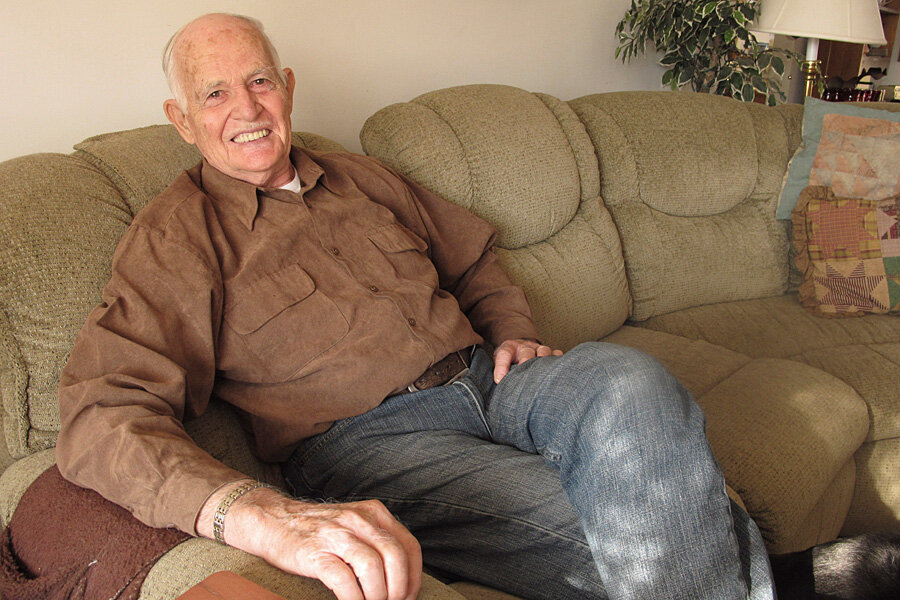Man freed from death row can sue Ohio for wrongful imprisonment, judge says
Loading...
An innocent man who spent years on death row is allowed to continue his lawsuit against the state for wrongful imprisonment, the Ohio Supreme Court ruled on Wednesday.
More than 30 years ago, Dale Johnston was convicted of killing his stepdaughter and her boyfriend. In 1984, a three-judge panel “convicted Johnston of two aggravated murders and sentenced him to death, based in part on testimony from a hypnotized witness. Prosecutors said Johnston had been having an affair with his stepdaughter and killed both in a jealous rage, something Johnston always denied,” reported the Associated Press.
Mr. Johnston was released from prison in 1990, but still sought a declaration of innocence order to win compensation for wrongful conviction. Twenty-two years later, Johnston was finally granted a declaration of innocence. But this was overturned by the Ohio Court of Appeals. It wasn't until this year that the Ohio Supreme Court reversed the appeals court ruling to allow Johnston to seek compensation.
Johnston initially filed a wrongful imprisonment lawsuit in 1993 which was overthrown because Johnston was unable to prove his innocence. In 2008, the real killer confessed to the crime; and in 2012, a county judge found Johnston innocent. The judge ruled that Johnston could seek compensation from the state, but the ruling was soon reversed by an appeals court.
The appeals court argued Johnston was ineligible to prove wrongful imprisonment a second time. However, Wednesday’s ruling upheld that a 2003 law allows wrongful imprisonment to be applied retroactively, therefore Johnston can continue his 2011 compensation lawsuit.
The state “is confident it will prevail when the case returns to a lower court,” Dan Tierney, a spokesman for the Ohio attorney general's office, told the Associated Press. However, Johnston’s attorney, Todd Long, maintained that Wednesday's decision "is a good step."
State attorneys "have tried to raise every procedural roadblock that they can," Mr. Long said. "I hope that they change their attitude."
"If I am able to get everything that the state says I'm allowed to have, that's still an insult when you figure what I lost," Johnston said earlier this year in an interview.
Johnston is not the first wrongfully convicted death row inmate. According to a study done in April of last year, “at least four percent of death sentences in the US send an innocent person to death row,” reported The Christian Science Monitor.
“The reasons that innocent people go to prison are as varied as the crimes of which they’re convicted, and advocates have proposed numerous reforms for limiting the likelihood of convicting the wrong person,” wrote The Monitor. “Those reforms include overhauling eyewitness identification protocols, mandating that police videotape interrogations, upping the stakes for prosecutors who behave unethically, and improving the public defender system.”
This report contains material from the Associated Press.
[Editor's note: This article and headline have been updated to clarify when Mr. Johnson was first released from prison.]








